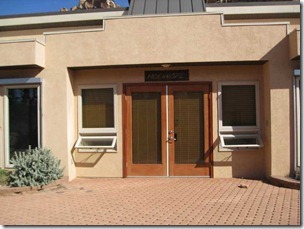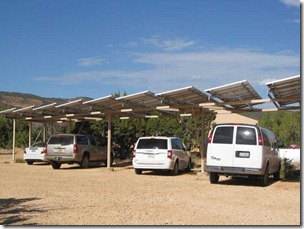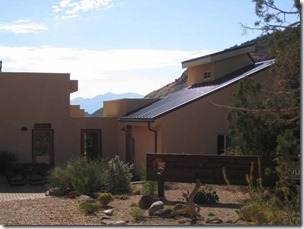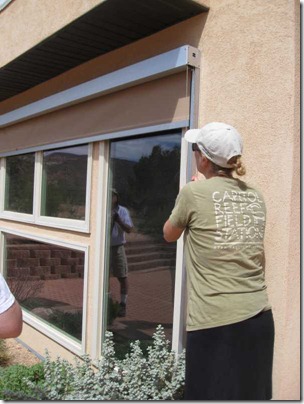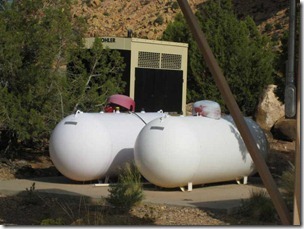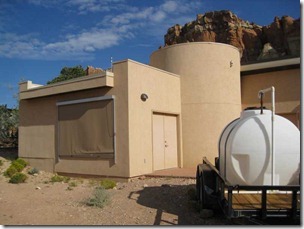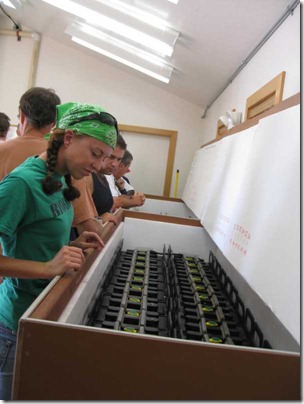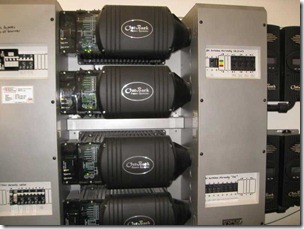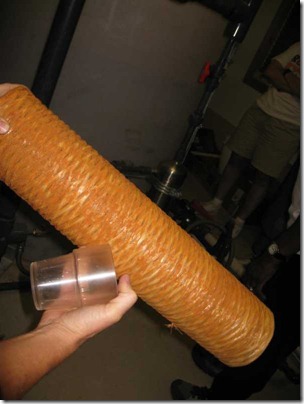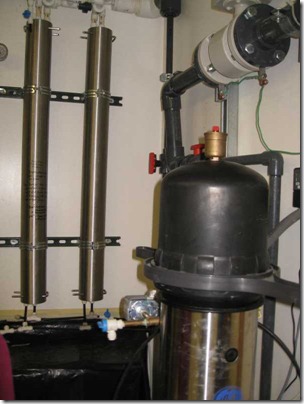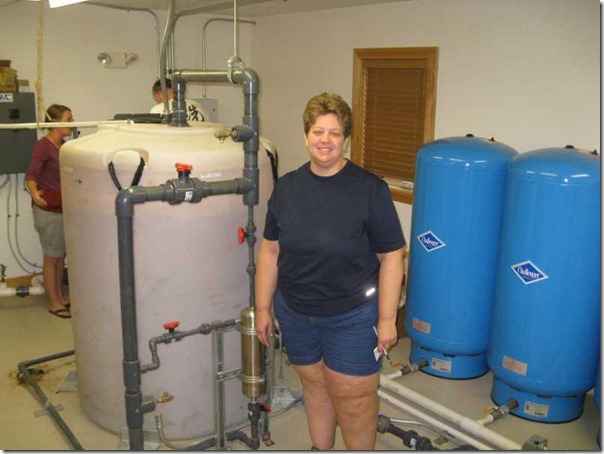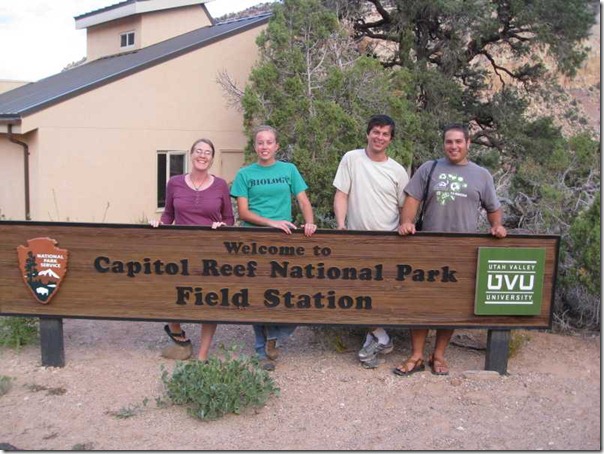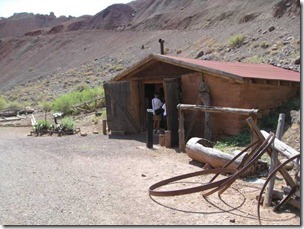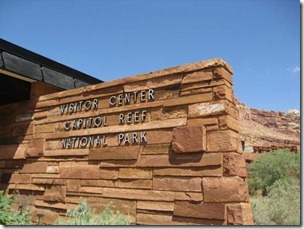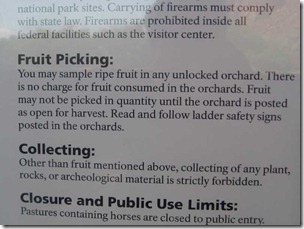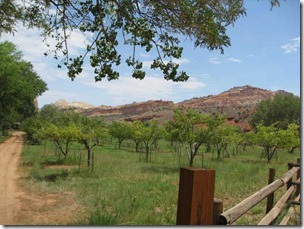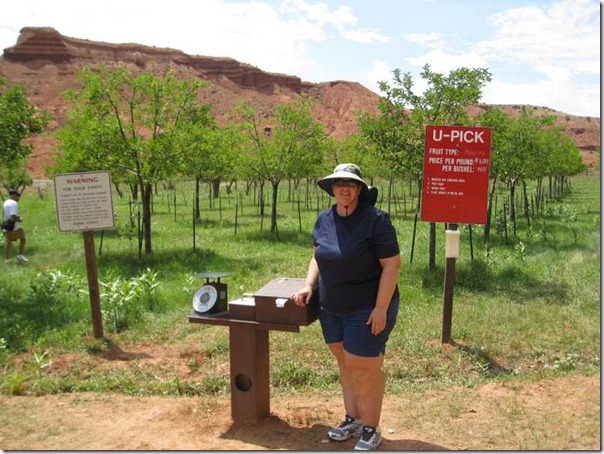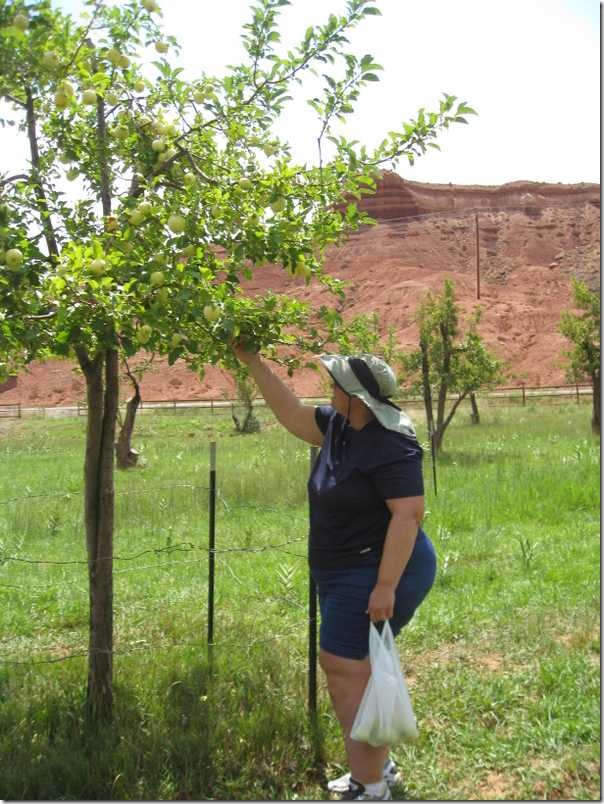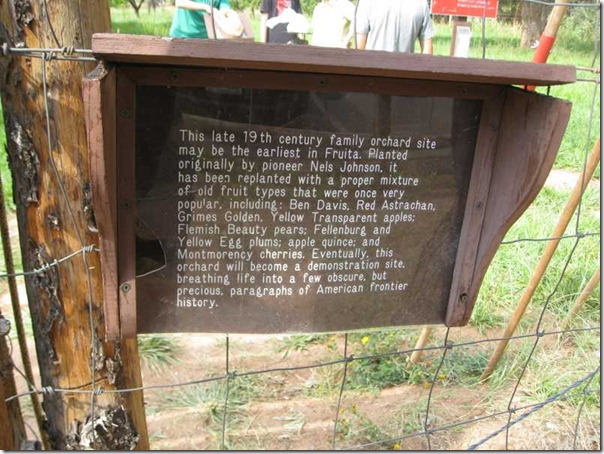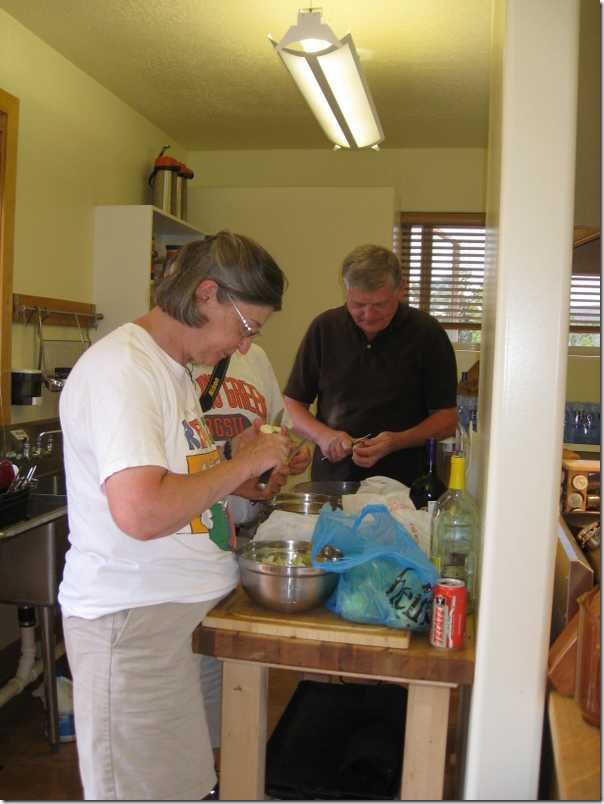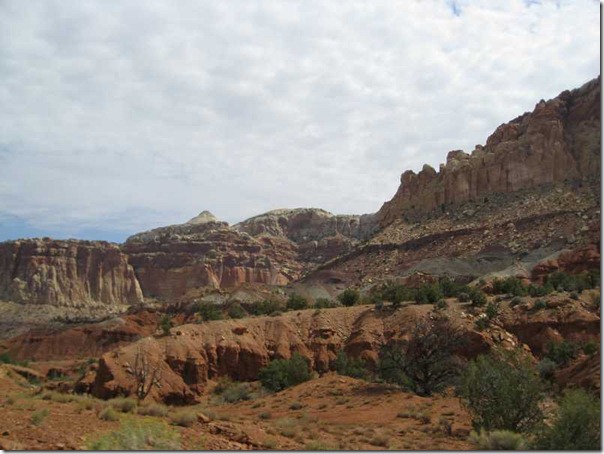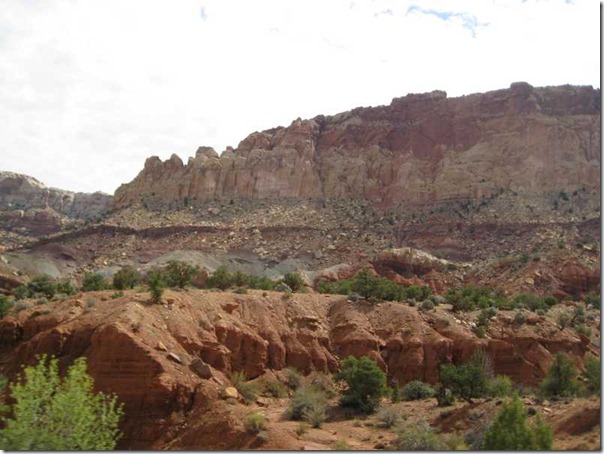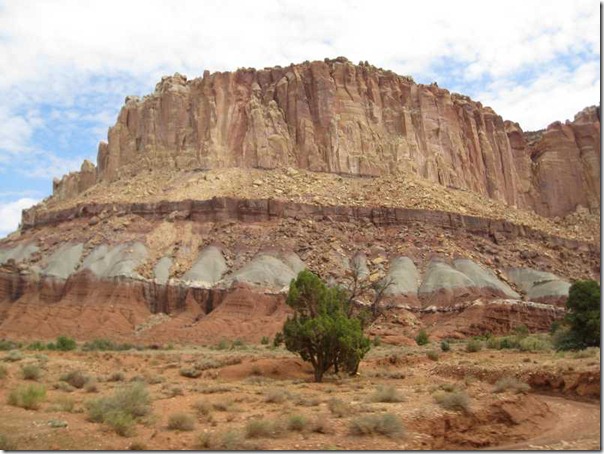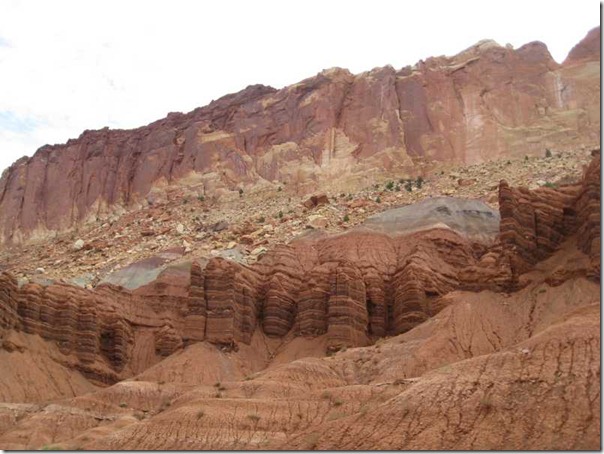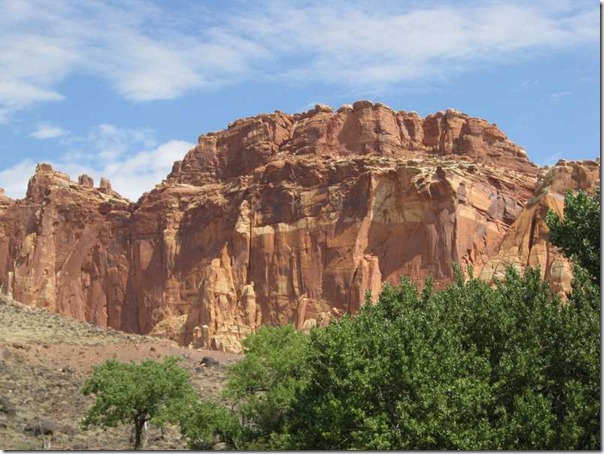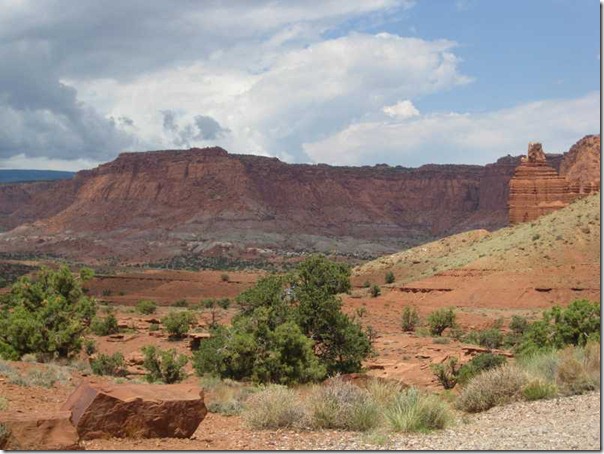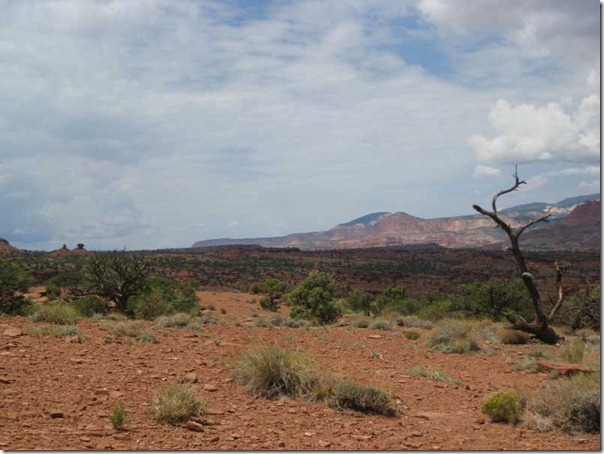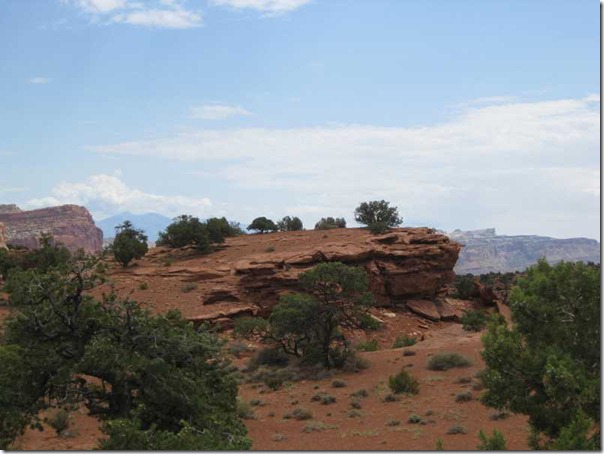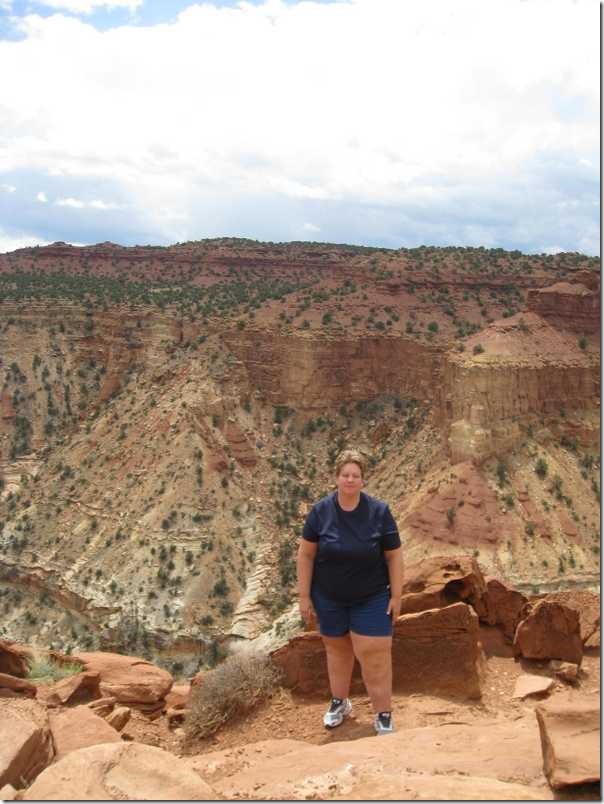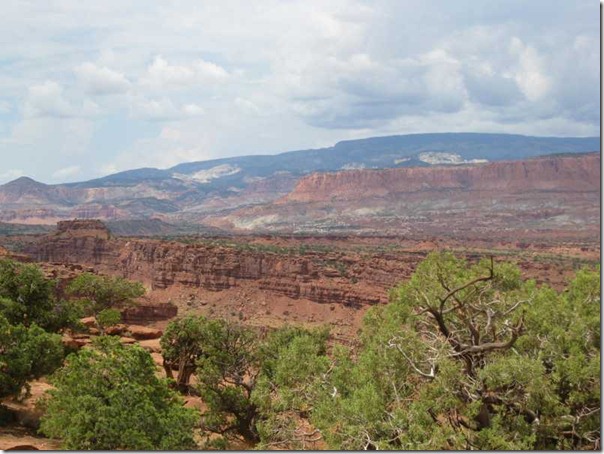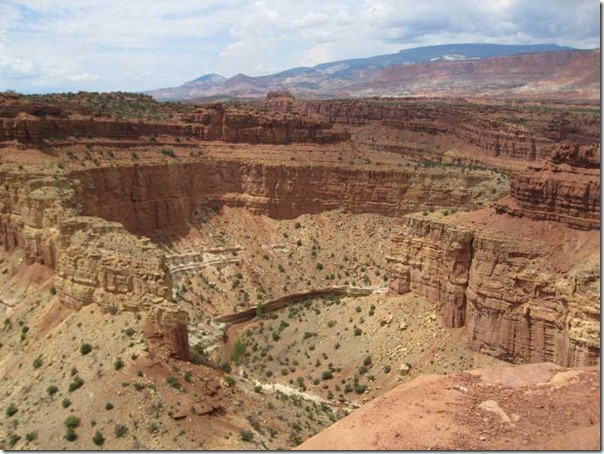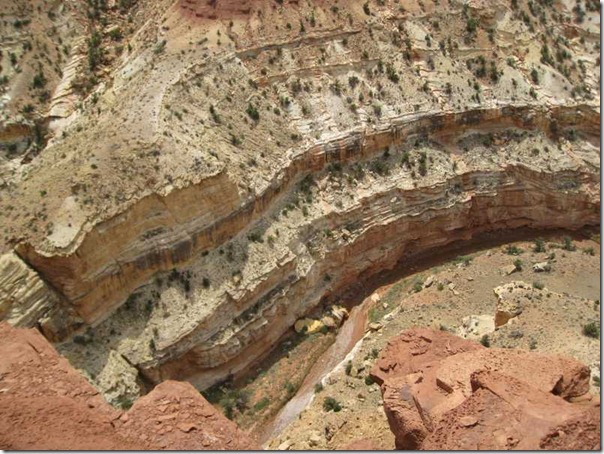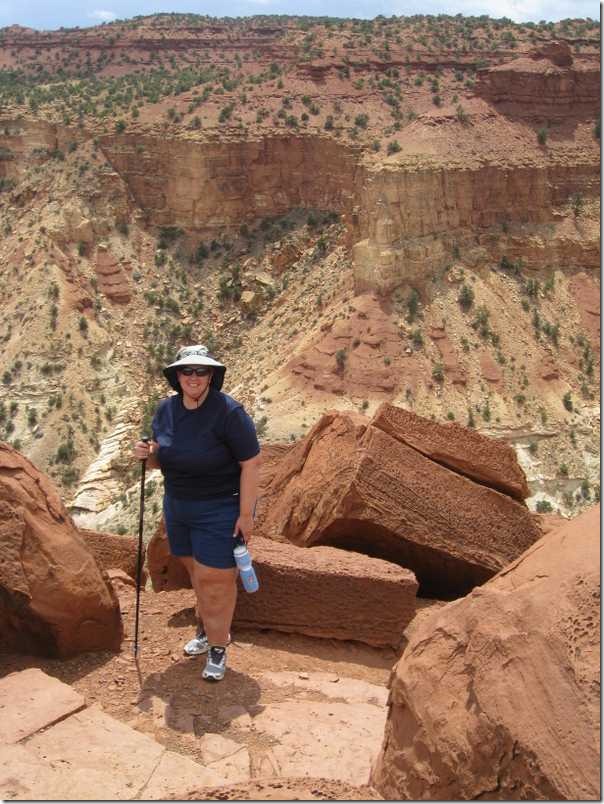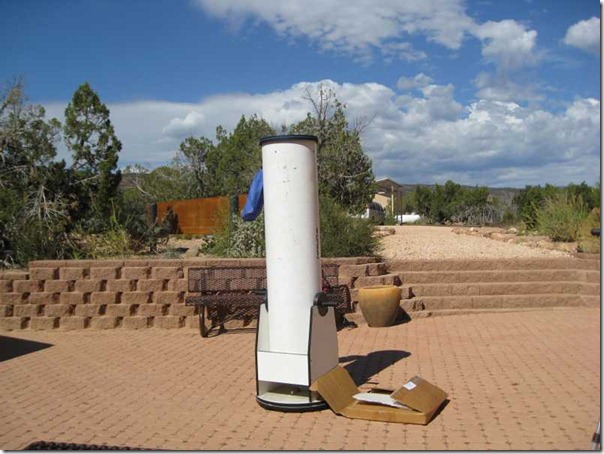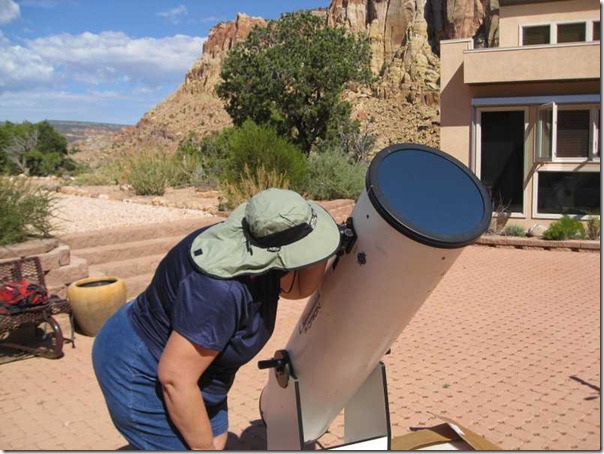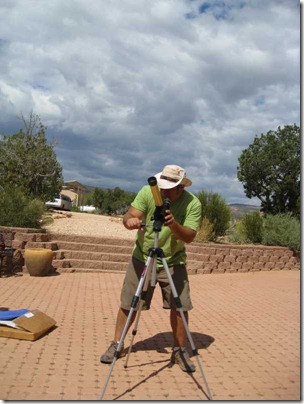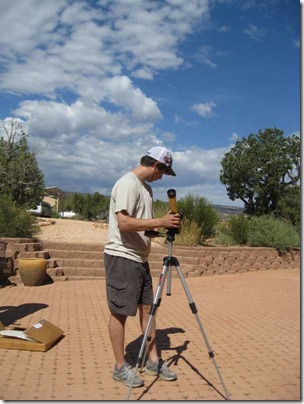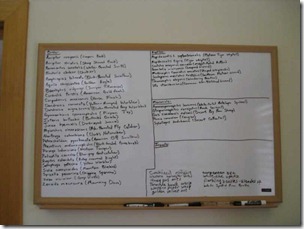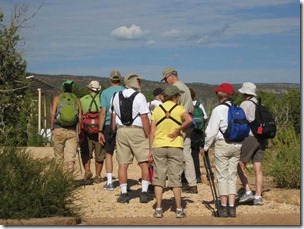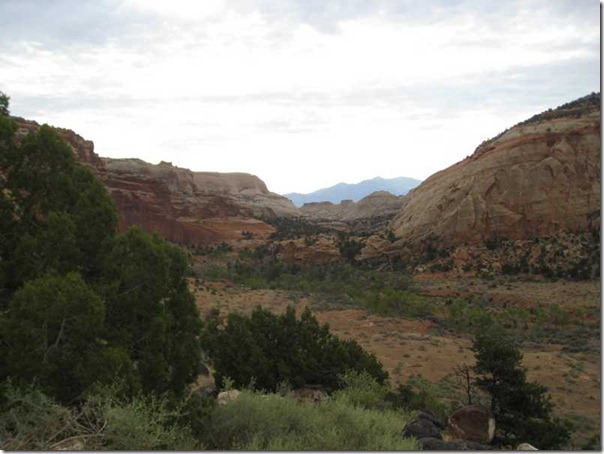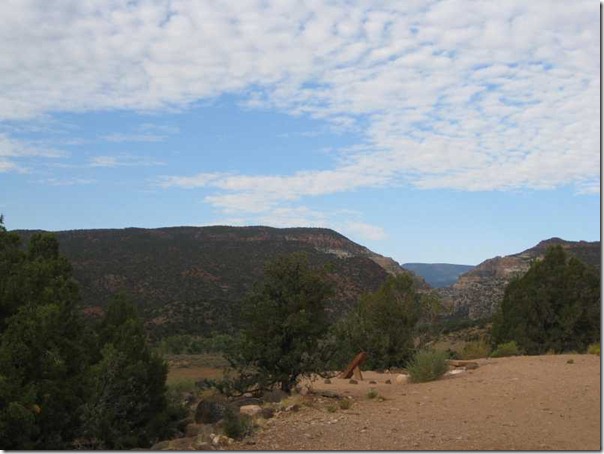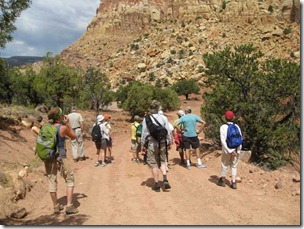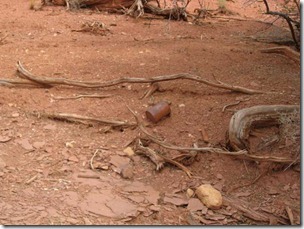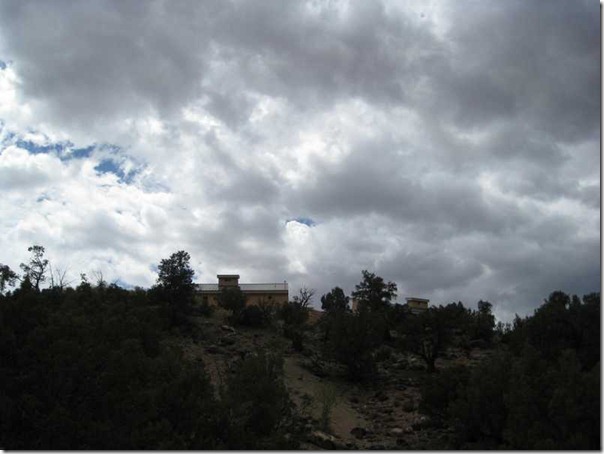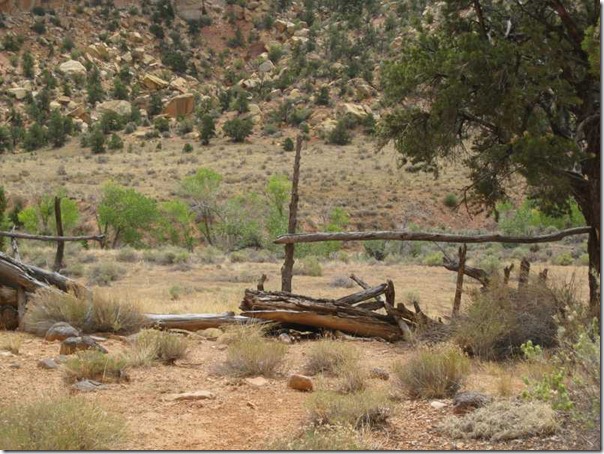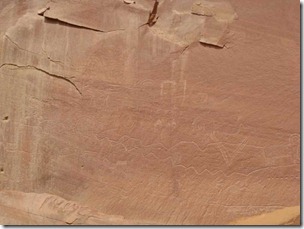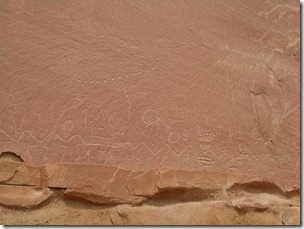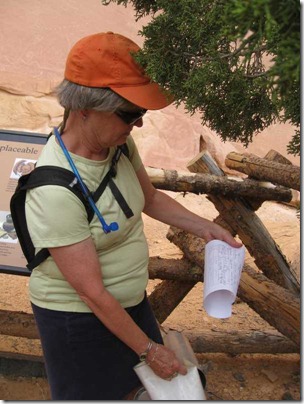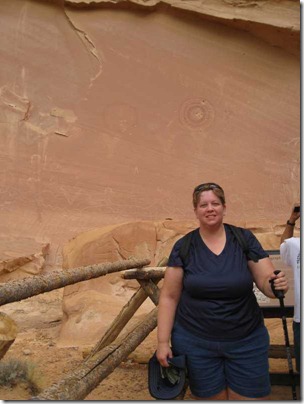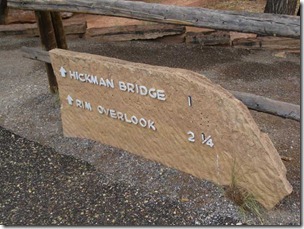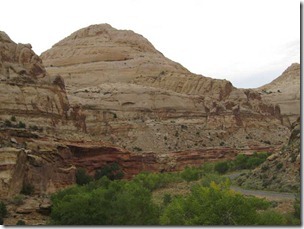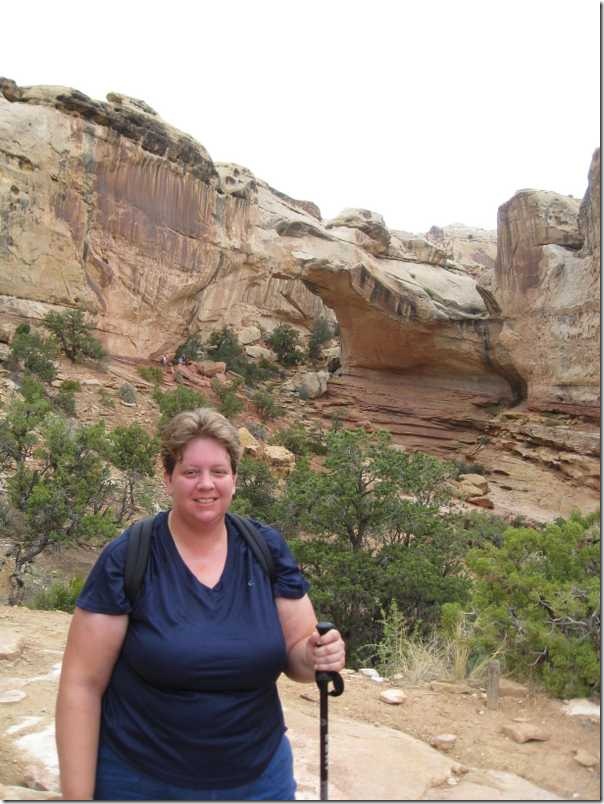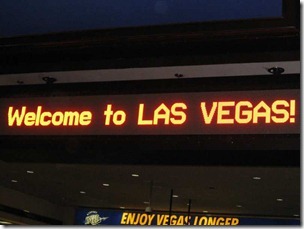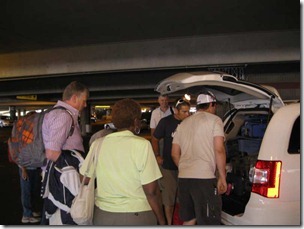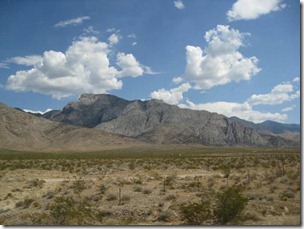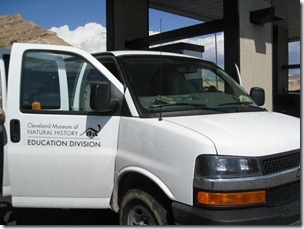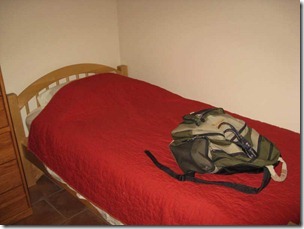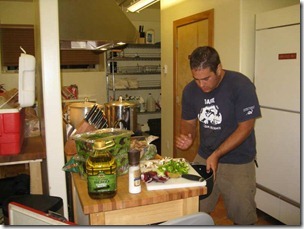Tonight, I headed down to the Cleveland Museum of Natural History. The leaders and participants from the Capitol Reef trip got together at the planetarium. We watched a slide show of photos that we submitted. They looked super cool on the dome of the planetarium. Jason also put together a bit of a show for us. He showed us the sky as it would have been back in August and Utah if there weren’t clouds and we talked and reminisced about our trip. I would go on another trip with Nathan, Jason and Michelle anytime. It was fun to realize just how much I learned on the trip. Once again, they rolled out the red carpet for us and it was great!
Sometimes I think I am addicted to knowledge. I think my husband is rubbing off on me. After our reunion, I attended the Frontiers of Astronomy Lecture that was held in the auditorium of the museum. The lecture series is sponsored by the Case Western Reserve University Department of Astronomy, The Cleveland Astronomical Society and the Cleveland Museum of Natural History. I had no idea what to expect. I read the description of the lecture.
“Exploring the Extreme Universe with the Fermi Gamma-ray Space Telescope
Thurs, Oct 11, 2012; 8 pm
David J. Thompson, Ph.D., NASA Goddard Space Flight Center
Gamma rays, the most powerful form of light, reveal extreme conditions in the Universe. The Fermi Gamma-ray Space Telescope has been exploring the gamma-ray sky for several years, enabling a search for powerful transients like gamma-ray bursts, novae, solar flares and flaring active galactic nuclei, as well as long-term studies including pulsars, binary systems, supernova remnants and searches for predicted sources of gamma rays such as dark matter annihilation. Dr. David Thompson will discuss results of these searches. Some results include a limit on Lorentz invariance violation derived from a gamma-ray burst, unexpected gamma-ray variability from the Crab Nebula, a huge gamma-ray structure associated with the center of our galaxy, surprising behavior from some gamma-ray binary systems, and a possible constraint on some models for dark matter.
Free and open to the public.”
After reading the above, I still had no idea what to expect. Our reunion ended just before 8PM and reluctantly headed to the lecture. I was shocked to see a full hall. It wasn’t standing room only. In actuality, there were probably 40% of the seats empty, but it was a great turnout. I’m was amazed. I still had no idea what I was doing there. I don’t really know much about astronomy, let alone gamma rays.
As I sat down, I heard some folks chatting behind me about how they didn’t know anything when they started coming to these lectures. Now after coming for a few years, many of the things discussed are familiar and after they hear about things a few times, it starts making sense.
I listened to David’s talk and watch the slides. I’m not volunteering to teach a class on the Fermi, but I must admit that I was interested and not bored during the talk.
Thanks to Nathan and Jason for suggesting tonight for our reunion and suggesting the lecture. I’m glad I stayed.
Taxonomy and gamma-rays in the same week, I wonder what Saturday’s docent class will bring.

